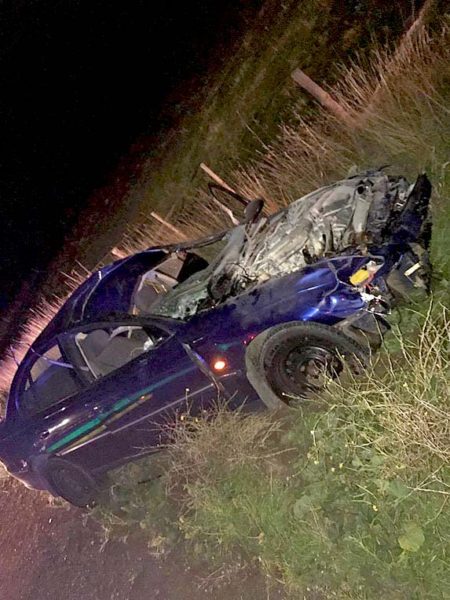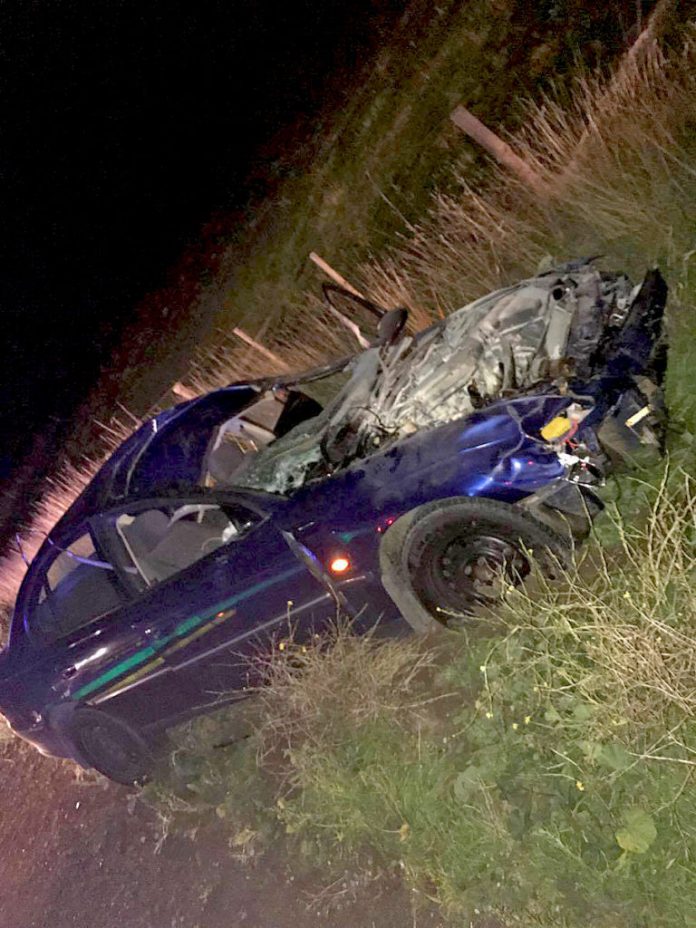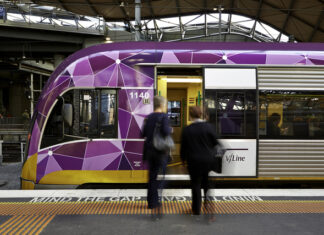
GRANT District Mayor Richard Sage has vowed to revisit the idea of a kangaroo cull in the region following the RAA’s announcement animal collisions have increased since 2014.
Between 2011 and 2015, 188 casualty crashes resulted from hitting animals on South Australian roads, leading to 35 serious injuries and four deaths over the five year period.
“When you look at the damage made to vehicles and the loss of lives from crashes involving animals, it definitely makes us think more seriously about needing to re-visit the idea of a cull,” Mr Sage said.
Although unsuccessful in his call for a cull previously, Mr Sage said it was essential to take action when the safety of people in the community was at risk.
“I know there are some people who do not agree with it as kangaroos are a native to Australia, but something needs to be done,” he said.
“I have seen a number of large kangaroos around Port MacDonnell and if one of them hit a car it would cause a lot of damage.”
RAA road safety senior manager Charles Mountain said it was crucial country drivers remained vigilant with almost two thirds of casualty crashes involving animals occurring in rural areas on roads with a speed limit of 100kph.
“A crash is also more likely to involve injury if you hit a large animal, such as a kangaroo, compared to a small domestic animal you would find in metropolitan areas,” he said.
According to the RAA, the worst hour of the day for these types of crashes is between 6am and 7am, making up 11pc of all casualty crashes with 47pc of casualty crashes involving animals occurring at night.
RAA Insurance senior claims manager Hayley Cain said animal collisions have increased 40pc since 2014 to more than 1300 claims a year.
“Kangaroos account for the majority of animal collision claims at around 60pc, but much higher in rural areas,” she said.
“Dogs come in second at around 15pc, followed by wombats, emus and cattle.
“The cost of an animal collision could be anything from $3000 to the car being written off, depending on what the driver hits and how hard they hit it.”
Mr Mountain warned motorists the South Eastern Freeway, Main South Road and Stuart, Princes and Sturt highways are the hotspots for casualty crashes involving animals.
“Hitting an animal is an unpleasant experience, however we advise motorists not to brake heavily or swerve to avoid striking them,” he said.
“Doing so could cause you to lose control of your car or hit an oncoming vehicle, increasing your chances of being involved in a more serious crash.
“If you can’t avoid driving in rural areas at dusk and dawn, when animals are more active, reduce your speed, remain alert and remember that animals may be obscured by roadside vegetation.”






